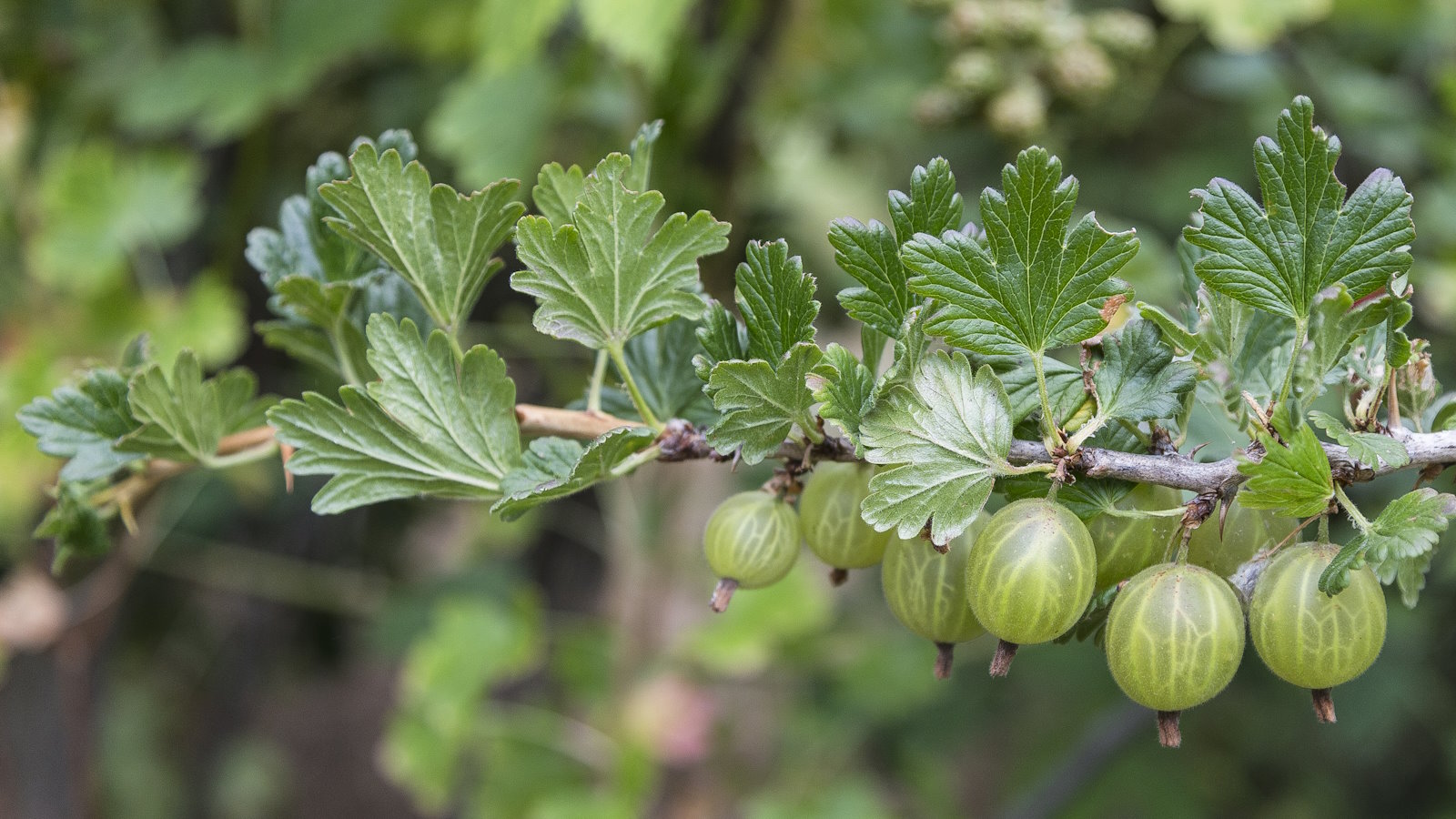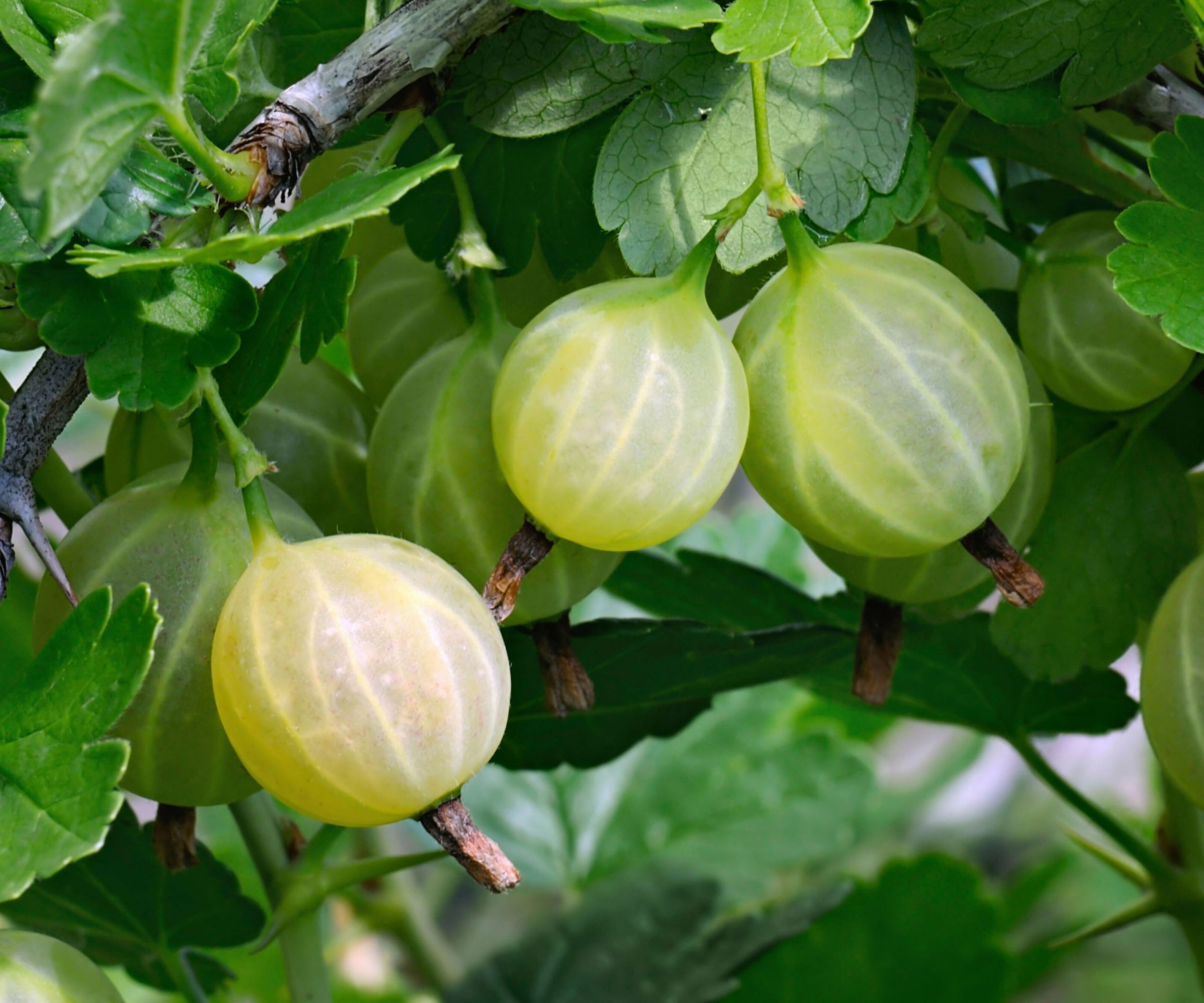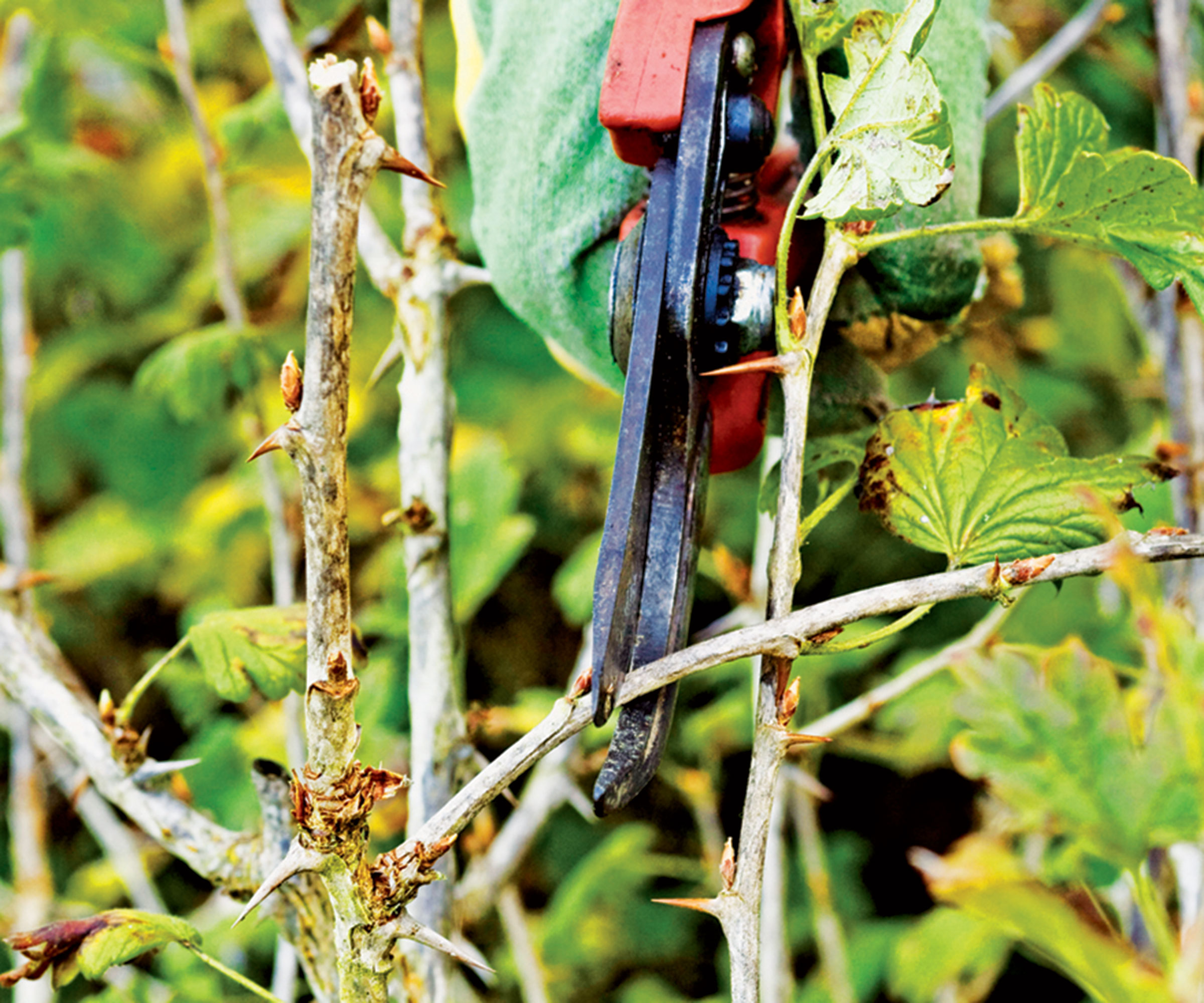When and how to prune gooseberries – tips from an experienced kitchen gardener to keep plants super-productive
Discover the best time to prune your gooseberry bushes, along with how to prune them to get the best harvest of fruits year-after-year


Gooseberries are hugely productive soft fruit bushes that benefit from annual pruning to ensure they provide the biggest harvest possible. By selectively pruning older wood, and encouraging the development of younger and more productive branches, you can guarantee a bumper crop of tart fruits year-after-year.
The aim is to prune annually in winter to produce an open and goblet-shaped bush with a good mixture of branches. This can be achieved by understanding how gooseberries fruit and following a few easy-to-follow rules to have a healthy and fruitful plant.
My personal experience with pruning gooseberries comes from maintaining a selection of both red and green gooseberry plants in a walled kitchen garden I worked in. The plants were pruned annually to be as productive as possible and the harvests were picked and delivered to chefs at a local restaurant. I also currently grow gooseberries on my allotment plot.

Pruning gooseberries helps keep the plant highly productive
When to prune a gooseberry bush
The ideal time to prune gooseberries is in late winter to early spring, during the plant’s annual dormancy period. Dormancy is the correct time to prune lots of soft fruit bushes, including pruning blackcurrants, pruning blueberries, and pruning redcurrants and whitecurrants, as well as gooseberries.
When the deciduous plant is dormant it will have dropped its leaves and that makes it easier for you to evaluate the shape and make decisions when pruning. Plants are also better able to cope with pruning when they are dormant and the process will encourage new growth when the plant starts actively growing again in spring.
Gooseberries that are grown in trained forms, such as fans, espaliers, or cordons, can also be pruned in mid-summer as well as in late winter or early spring to restrict their growth.

Prune gooseberries in late winter to early spring, when the plant is dormant
How to prune gooseberries
Pruning gooseberries is a simple task to do, there is no reason to neglect doing it and not pruning your bushes would be a gooseberry growing mistake that would reduce your harvest of fruits going forward.
When you prune gooseberries - in fact, when you do any pruning - always use clean and sharp tools. Using dirty or blunt tools would be a pruning mistake that has the potential to fatally damage the health of bushes. It can be quick and simple to sharpen pruning shears with a small and handy tool, such as this Pocket Blade Sharpener for Garden Tools available at Amazon.
Before starting to prune gooseberries, also santize your pruning shears or loppers and always remember to wear thick gloves as gooseberries have sharp thorns - you can also get thorn-proof gardening gloves at Amazon.
Gooseberries fruit on old wood, with the spurs fruiting at their best on two to three-year-old wood. The productivity tails off once they get past this age, so regular gooseberry pruning removes the oldest wood and encourages new branches to carry the fruit in the next few years. The ultimate aim is to get a goblet-shaped bush with an open centre and a good mix of one, two, and three-year-old wood.
To prune an established gooseberry you want to first remove any dead, diseased, and weak branches all the way down to the ground. Also look to prune out crossing and rubbing branches, that can potentially be entry points for diseases down the line.
Identify the oldest four-year-old shoots on the bush and look to remove around a third of these oldest stems. The age of the branches can be easily identified by the color of the wood.
As Nastya Vasylchyshyna, resident botany expert for the Plantum app, explains: ‘The relatively young stems will have a light gray color, while the old ones can be bright brown or burgundy, depending on the variety of the plant. Branches that are very dark or almost black should be removed, as they will die off anyway.’
Aim for an open shape and remove any stems that are congested, low-lying, or not fitting the desired shape. You ultimately want to leave 9-12 strong and healthy shoots, with a good mix of one, two, and three-year-old growth. It is best to observe the one-third pruning rule when trimming gooseberries and not remove more than a third of the total wood in one go. The remaining chosen shoots should be cut back by one-third.
Newly-planted gooseberries should be trimmed in half at the time of planting. For the first two years of pruning, simply remove any damaged or rubbing branches and pick five or six of the healthiest branches to cut back by half again in winter. Remove all the other stems, along with any suckers and any shoots low down on the stem.
If you are growing trained gooseberries, then the pruning is very simple. The main tip is cut back by a third and all side shoots pruned to between one to three buds each winter. And any new side shoots are pruned back to five leaves each summer.

Nastya Vasylchyshyna is a professional botany expert for the Plantum app that helps identify plants and plant diseases and provides care recommendations. She has been having four years of consulting on botany-related topics for Plantum. Her specialization is plant morphology, phytopathology, and plant physiology.
FAQs
Can I prune gooseberries in summer?
Gooseberries can be gently pruned in summer. Any new growth put on that year can be trimmed back to five leaves and this will help light get into the bush to ripen the fruit. This pruning is not seen as an essential task by many gooseberry growers.
Can I prune gooseberries in May?
Gooseberries are best pruned when they are dormant, from late winter to early spring. The plant will be actively growing in May and it is too late to do the annual pruning, while also too early to do any summer pruning.
Soft fruit deserves a place in any kitchen garden. They are prolific plants and often really simple to look after. Whether you want to grow raspberries, grow strawberries, grow blueberries, or any other soft fruit, the plants require little maintenance each year and can provide a bounty of delicious fruit year after year.
Sign up to the Homes & Gardens newsletter
Design expertise in your inbox – from inspiring decorating ideas and beautiful celebrity homes to practical gardening advice and shopping round-ups.

Drew’s passion for gardening started with growing vegetables and salad in raised beds in a small urban terrace garden. He has worked as a professional gardener in historic gardens and specialises in growing vegetables, fruit, herbs, and cut flowers as a kitchen gardener. That passion for growing extends to being an allotmenteer, garden blogger, and producing how-to gardening guides for websites. Drew was shortlisted for the New Talent of the Year award at the 2023 Garden Media Guild Awards.
-
 Are you making the most out of the estate sales in your area? These are the 5 most valuable items you should be shopping for
Are you making the most out of the estate sales in your area? These are the 5 most valuable items you should be shopping forVintage lovers and antique experts share the objects you should always look out for when you're exploring an estate sale
By Eleanor Richardson
-
 How to grow sassafras – for a low-maintenance native tree that can even be planted in shady yards
How to grow sassafras – for a low-maintenance native tree that can even be planted in shady yardsFor an easy-to-grow North American tree, you will not find much better than sassafras
By Thomas Rutter